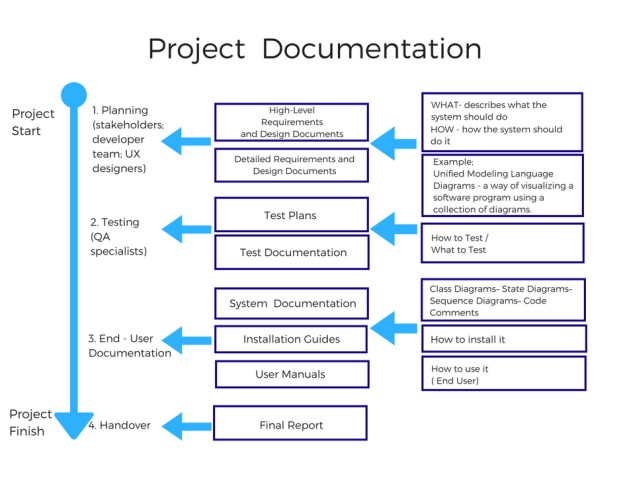After reading “Why Doctors Hate Their Computers” by Atul Gawande, I was intrigued on how technology was actually making lives of individuals harder; when the goal of technology moving forward is to actually lift the weight off your shoulders and make things more convenient. Another aspect that was interesting was why was it so universal that almost all doctors started to hate their job when they had to be in front of a computer screen for awhile longer? As a computer science student I could safely say I average about 6 – 8 hours a day in front of the computer and when going to work I am in front of a screen for a full 8 hours but that doesn’t make my life miserable; maybe it is something one has to get accustomed to.
As I was reading, I found that the system had many flaws, especially the fact that it made the doctors enter redundant data when it simply should know and automatically be filled in. Obviously as stated in the article this system was not meant for the doctors or health care professionals but instead for the patients. It was created so they could see what their diagnosis is, what doctors actually said, what medication to take, more information about what is going on, etc. Although this system is in its infancy stage and there are many flaws, I believe that in the future there will be much progress in the system and the way this system is implemented, the connection between doctor, patient, and technology will strengthen.
There are many things to walk away with after reading this article. The first would be our approach when it comes to creating technology and having it benefiting any parties involved without the cost of bringing down another. So when it comes to planning out our idea we must try our best to not sacrifice the possibility of creating a well rounded application; as easy as that sounds I know it is always difficult. There was not much I disagreed with because I was able to see both sides of the spectrum.
From the blog CS@Worcester – Life in the Field of Computer Science by iharrynguyen and used with permission of the author. All other rights reserved by the author.


